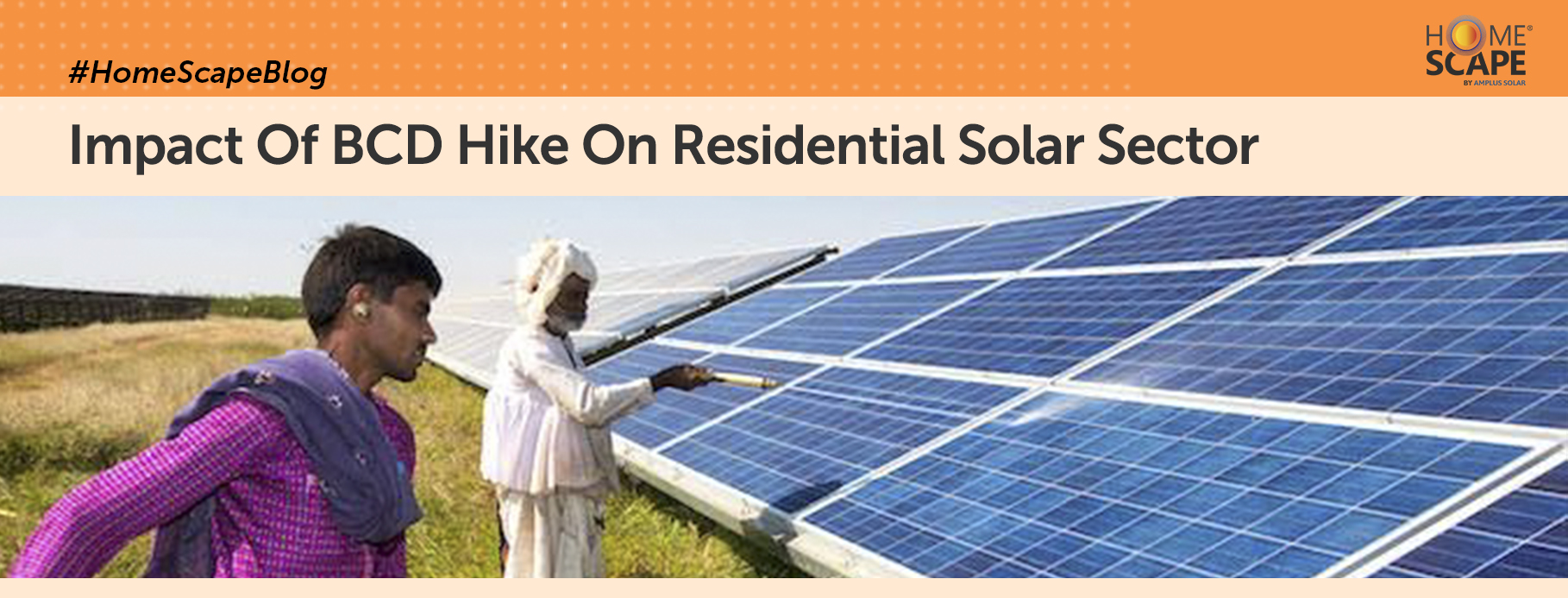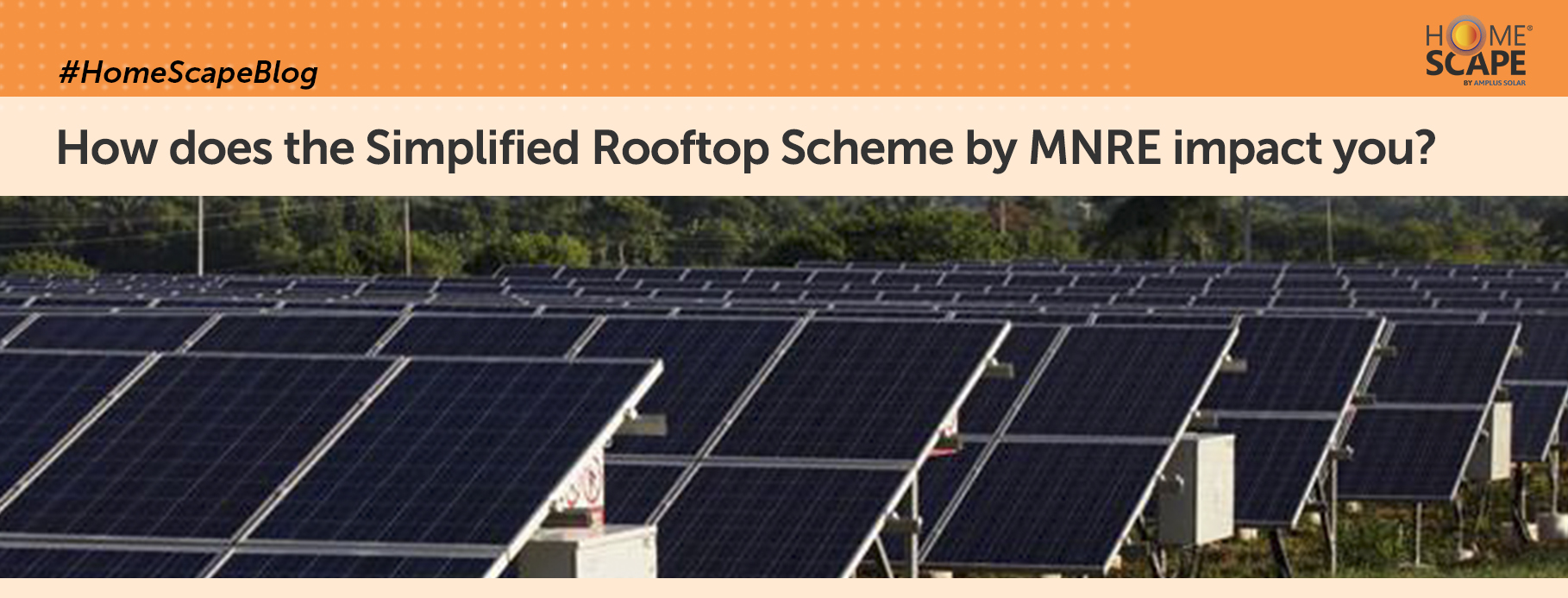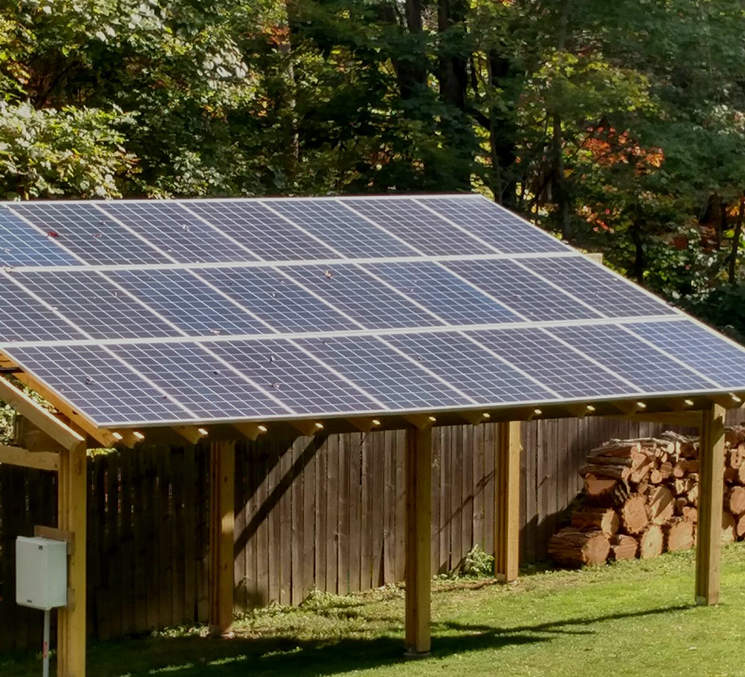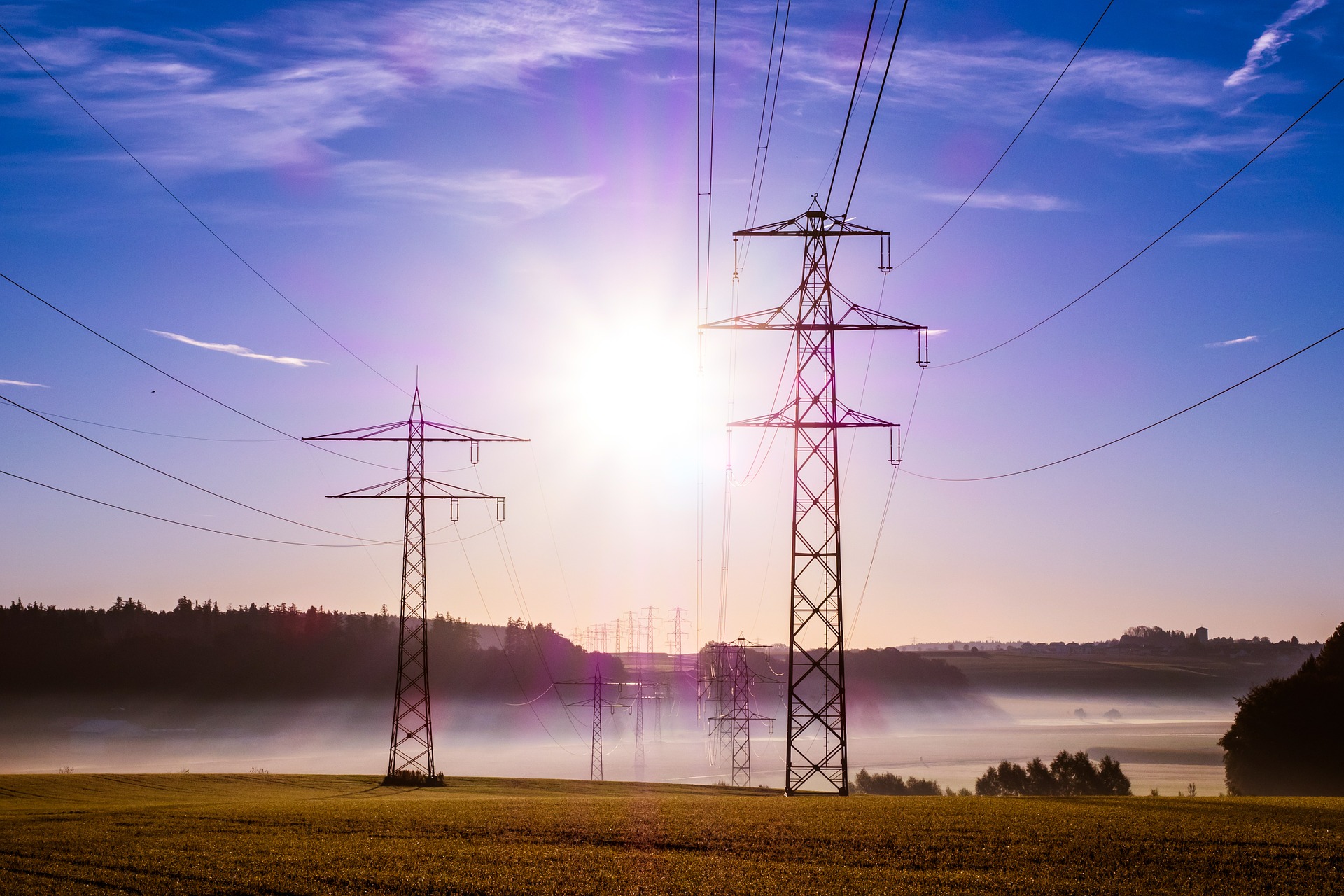Categories
17 October 2022
10kW Solar System Price And Details For Home In India
A 10kW solar system can generate approximately 10 kilowatts of power- suitable for houses in urban setups. If you are [...]
26 August 2022
Solar Subsidy for the Residential Sector in Punjab 2024 | HomeScape
The Government of India is promoting the goal of a “solar-powered green city” in every state, and it notes that [...]
01 March 2022
Impact Of Basic Customs Duty Hike On Residential Solar
In response to a long-standing demand from India’s solar manufacturing sector, the Ministry of New & Renewable Energy (MNRE) will [...]
18 February 2022
How does the Simplified Rooftop Scheme by MNRE impact you?
Switching to Solar has become simpler with the new rooftop solar installation scheme update by MNRE. In the recent announcement, [...]
25 January 2021
Personal Guide to install solar at home: Part 4- Proposal and Documentation
To educate people regarding the process of installing solar, we outlined a simple ten-step guide for the typical solar PV [...]
11 December 2020
Atmanirbhar Bharat: Government Focusing on Local Manufacturing of Solar Systems
A magnanimous economic stimulus package, Atmanirbhar Bharat Abhiyan was announced by the government in May 2020. The full-fledged economic stimulus [...]
28 February 2020
How Bundling Scheme is Going to Impact Solar Companies in India
The Bundling Scheme is a plan to sell renewable energy (RE) and thermal power in a bundle so that end [...]






